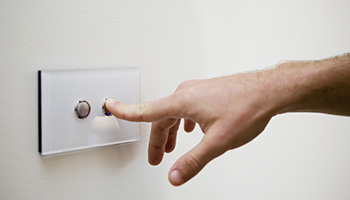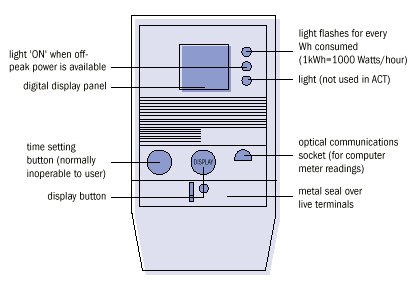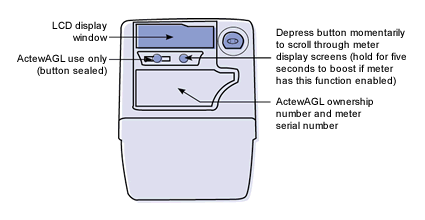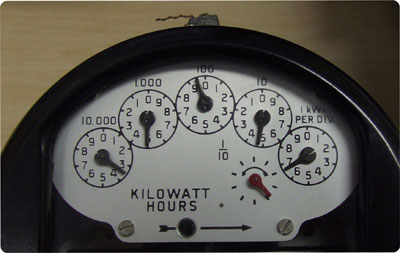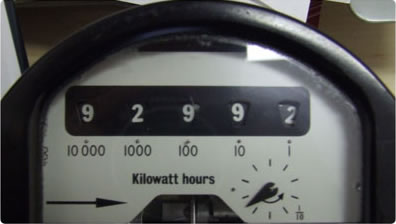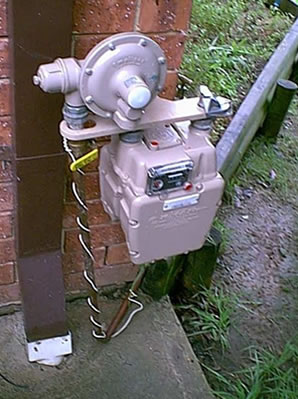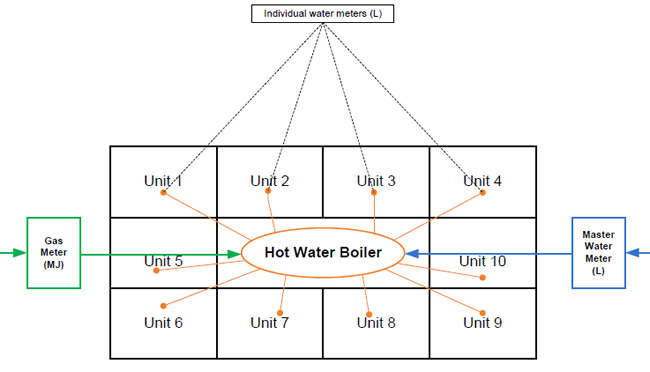How to read your meter
Evoenergy are responsible for meter reading in the ACT. The information we collect about your electricity and gas consumption is shared with energy retailers to inform the charges on your bill.
This page includes information about how to read different types of meters to help you better understand your energy use.
If you need a new or replacement meter you should contact your energy retailer.
Estimated meter reads
If you’ve received an estimated energy bill, your retailer will adjust your bill accordingly based on the next actual read, ensuring you only pay for the energy you have used.
If you prefer, you can submit your own meter reading or choose to wait until the next scheduled meter reading (usually every 3 months). We encourage you to contact your energy retailer for further support and advice about your bill.
To submit your own meter reading, email NEM.Data@evoenergy.com.au with your name, property address and a photo of your meter, or to speak to an Evoenergy representative call 13 23 86.
Request your electricity meter data
You can request your energy generation and consumption data for up to two years. Request your data using the Meter Data Request form. Our team will review your request and get back to you within 10 business days.
